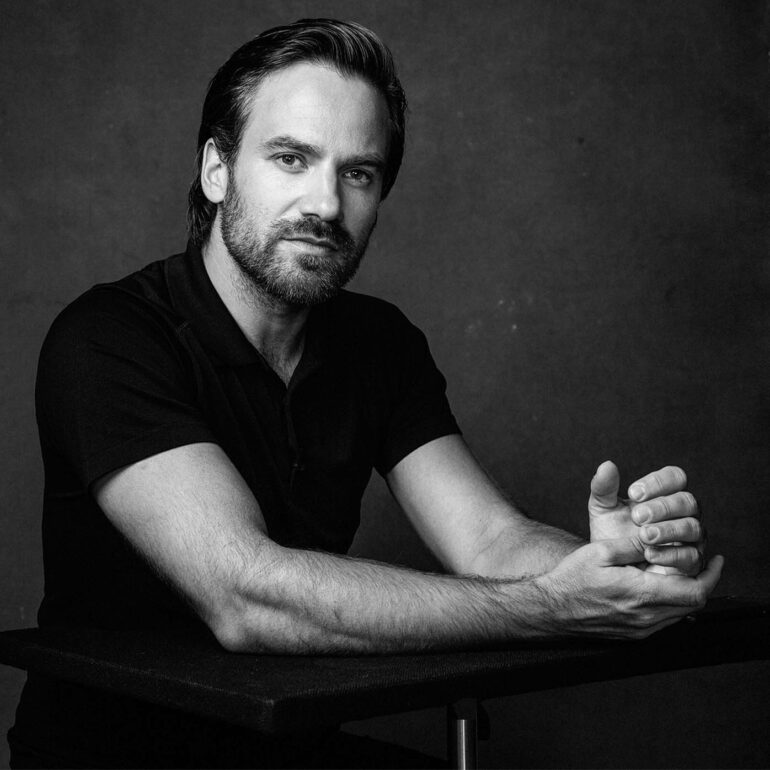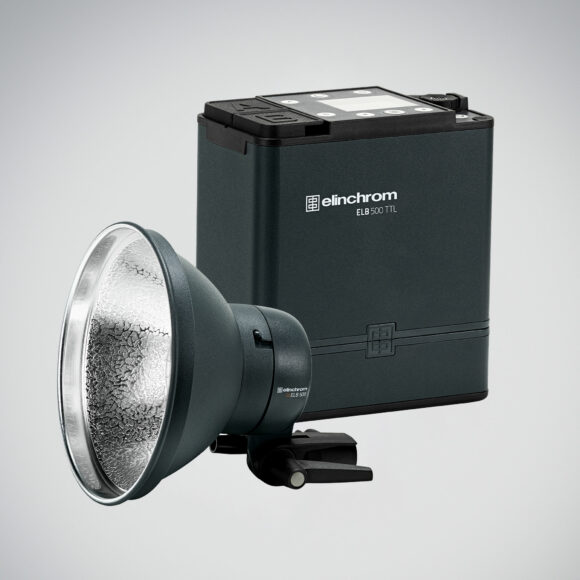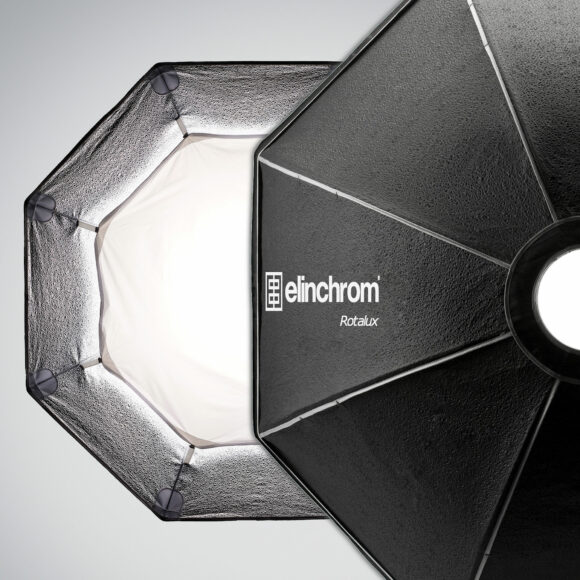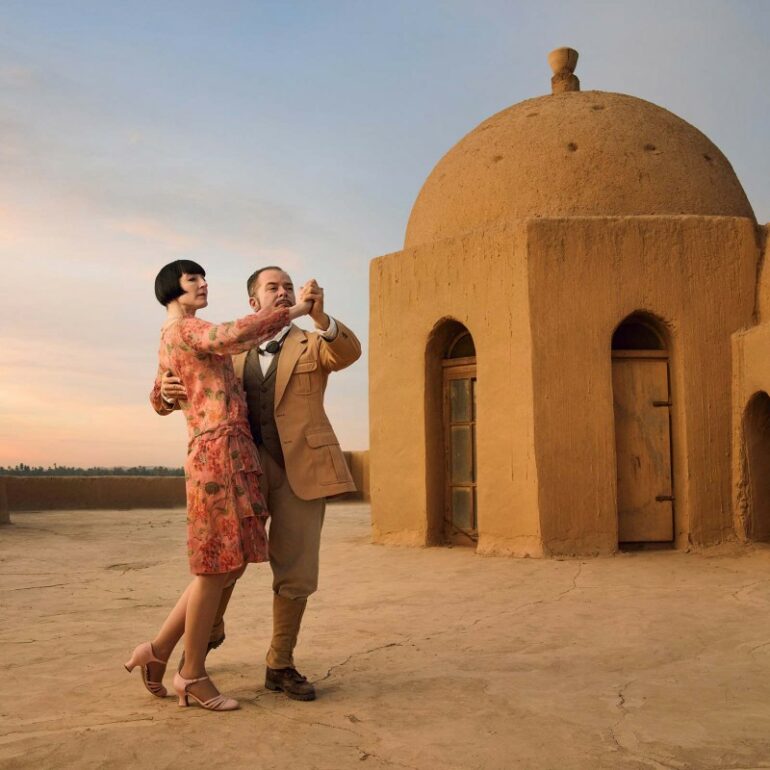The biggest challenge for photographers
We absolutely love Felix Kunze’s work, his approach to lighting, his subjects, and his ability to simplify teaching photographers how to use light.
Felix Kunze needs no introduction; the German-born, English-raised, New York City photographer is a lighting legend. His photography classes, with their ease and simplicity in understanding light, have flipped the industry on its head. Today, we sit with him to talk about the industry, lessons he has learned, and pass along valuable advice on growing as a photographer at any level.
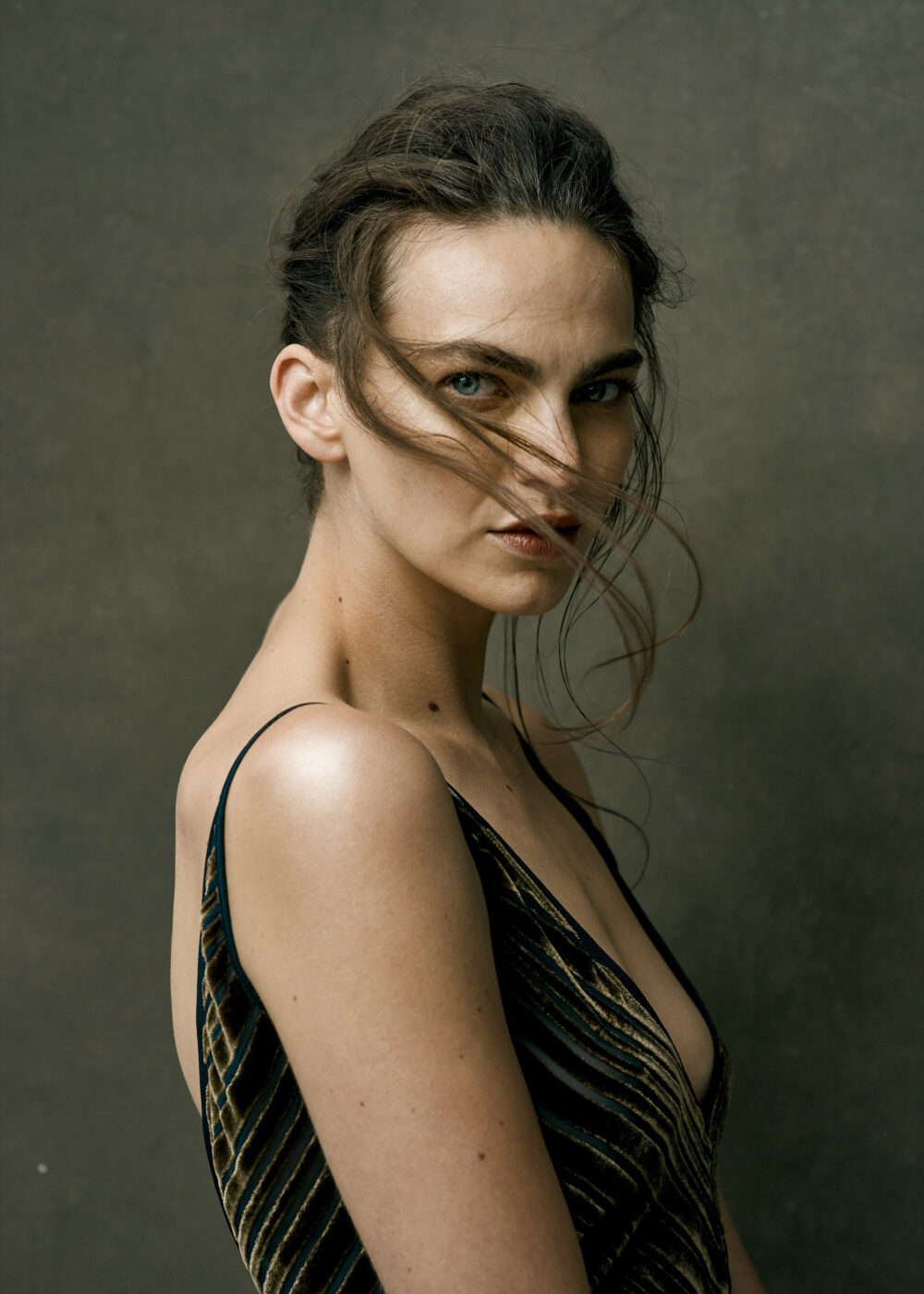
The style
As a portrait photographer, I try to focus on the strength, energy, ambition, and fortitude of my subject. I am subconsciously drawn to getting those things to shine through in my work. I don’t think that you can pre-determine your style; it happens as you shoot.
Every decision you make is a reflection of what you like and don’t like. Your style is a result of making thousands and thousands of decisions and photographs.
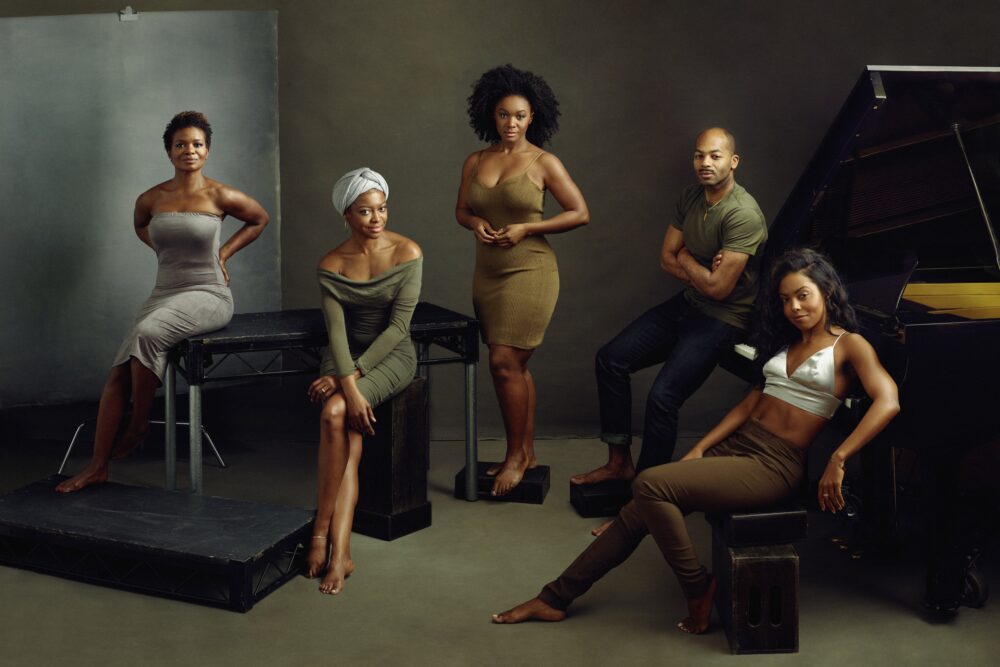
Felix reminds us that we all start somewhere and that we should walk towards the economic opportunities passed our way. Something else he urges is to always keep an eye out for a way to leave your creative mark in whatever you shoot.
The range of what I used to shoot was very broad in the beginning; I photographed music, editorials, fashion weeks, and events. But I found that for me, the things I realized I could make the most money in were well-lit portraits of interesting people.
Economically it made the most sense but it also made creative sense because I really enjoyed it. I am also not competitive by nature, so I wanted to be doing something that I could set myself apart from other photographers without having to bring anyone else down as a result.
Your style is a result of making thousands and thousands of decisions and photographs.
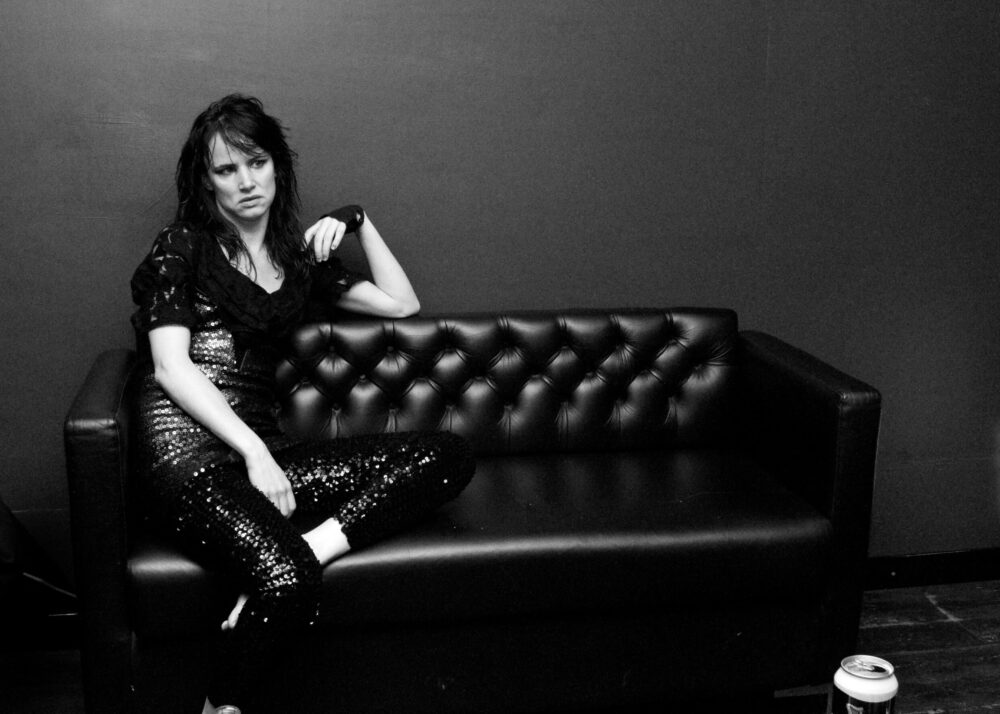
The starting point
We asked Felix to think back to just starting in photography and to give us a little insight about his first few shoots that changed his photographic trajectory.
My mother actually got me backstage access to a Juliet Lewis concert but I was terrified. Juliet was energetically forthcoming, and this was my first time needing to use artificial lighting; so I just pointed my flash into the red ceiling of the KoKo in London and hoped for the best.
Soon after that, I ended up getting a contributor contract with Getty images through photographer Thorsten Overgaard. I started shooting a lot of music shows and that’s what made me realize I didn’t want to shoot music for a living.
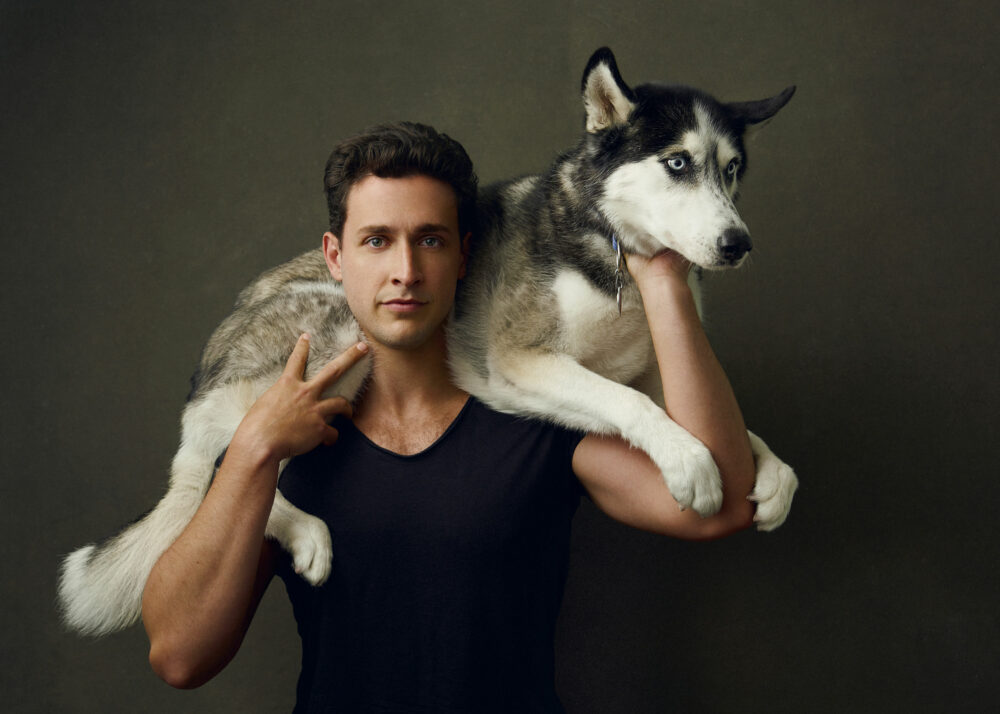
Soon after that, I ended up getting a contributor contract with Getty images through photographer Thorsten Overgaard. I started shooting a lot of music shows and that’s what made me realize I didn’t want to shoot music for a living.
In the press pit; you realize that the odds are against you to do something unique, and you realize the odds that making good money from it are minute.
I was starting to get more assignments through Getty and pushed my editor to be able to photograph more portraits. I ended up getting reportage assignments and was also able to take portraits at the same time. This eventually led me to photograph clients like Architect Zaha Hadid, Swarkowski, and Adidas amongst others.
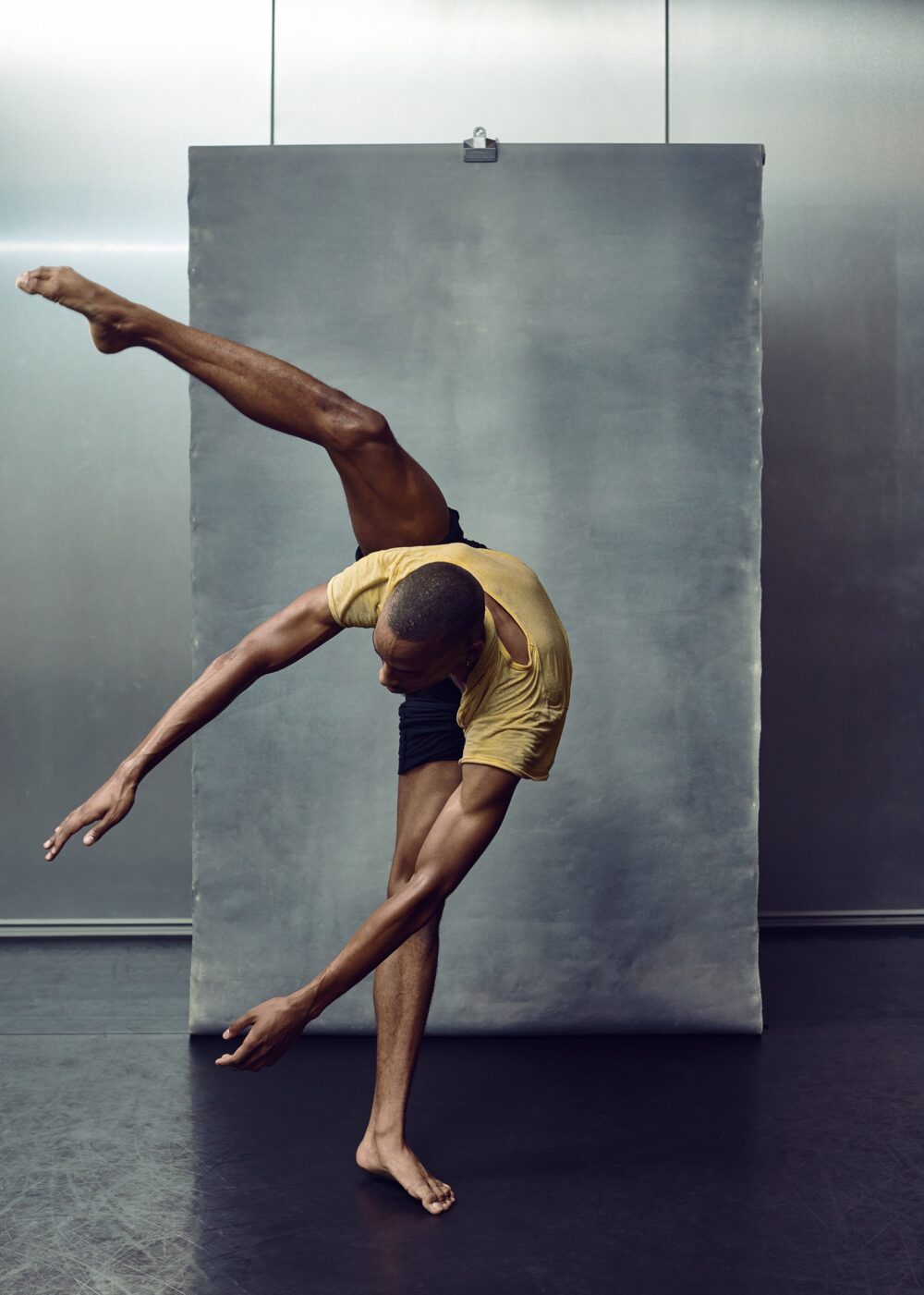
I think my success with lighting well in small spaces comes from the fact that I used to live and shoot in my first one-bedroom apartment.
I was always just drawn to portraits and my personality really lent myself well to capturing them. I was also assisting on the side, and that was a huge part of learning about the photo industry and lighting. Between photographing, assisting, learning lighting, and building relationships with other photographers in the industry; I grew the most.
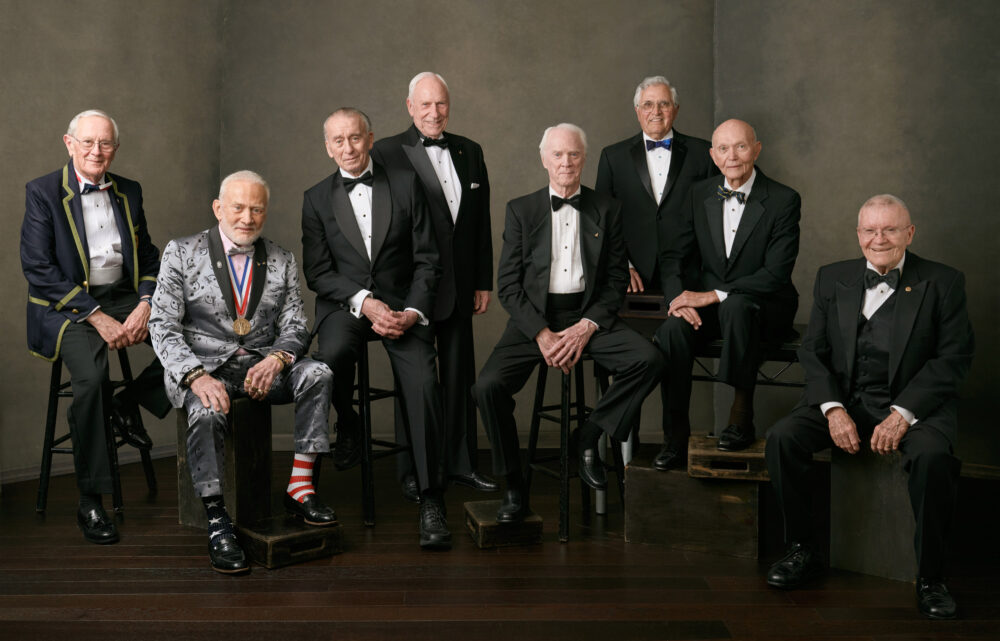
The next Adventure
After a while of living in England, I knew that New York was my next move, and I am still here today eight years later!
Once I got to NYC, I focused on finding a way to stand out from the crowd while also adding production value to my shoots.
For me; that’s not creativity; creativity is how you choose your subjects and represent them and how you solve the problems that arise from shooting. Creativity is in problem-solving, not in pre-planning.
I think my success with lighting well in small spaces comes from the fact that I used to live and shoot in my first one-bedroom apartment in NYC; it had low ceilings and everything — I am a better photographer for it.
I took my Rotalux Deep Octa to Mongolia, Egypt, Africa, Canada, Europe, Iceland, Scotland, India…
It’s been revolutionary to my work.
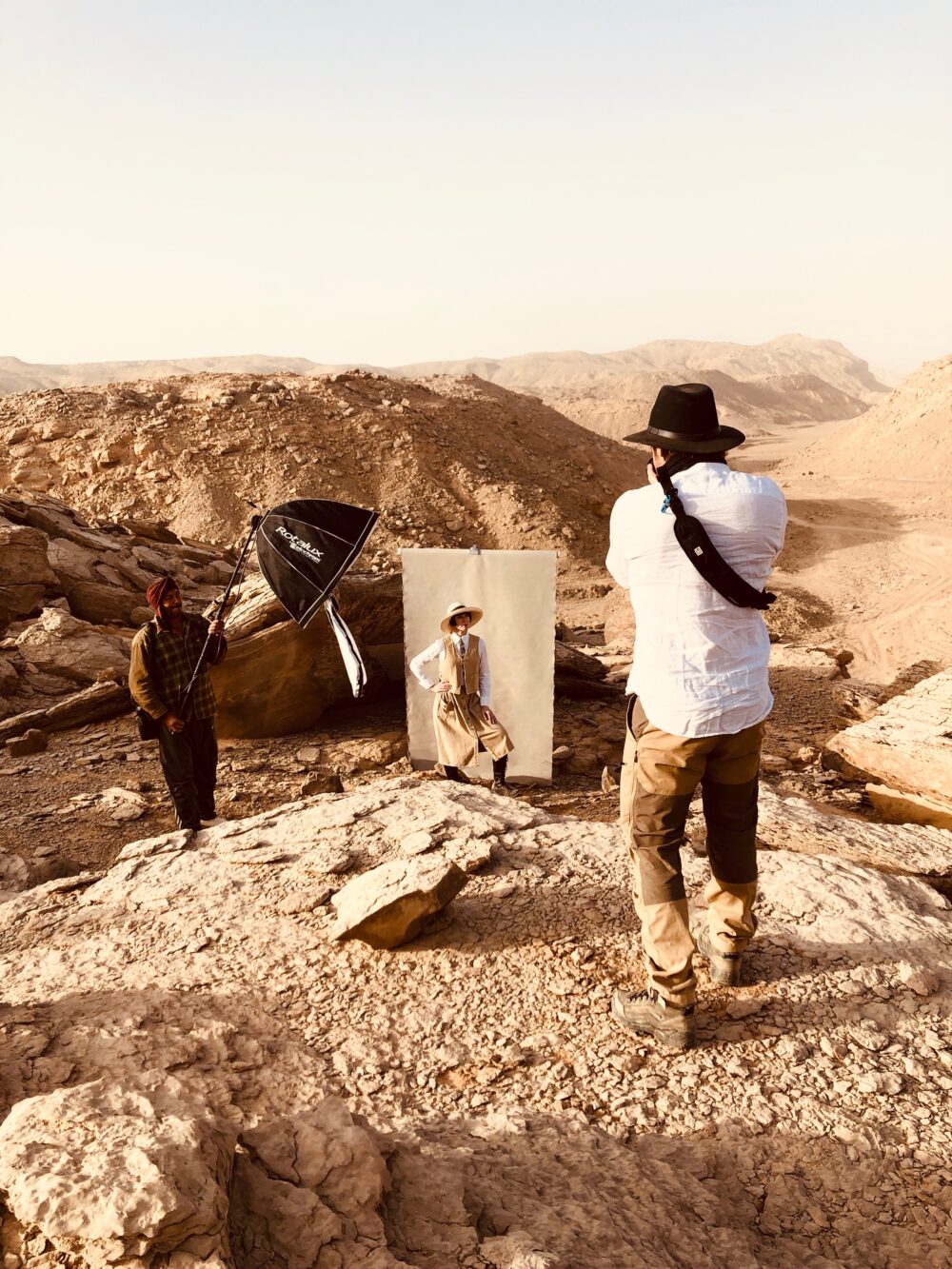
Go on location
I learned then to always make a shoot feel like it is a higher budget than it is. How are you gonna get higher budgets from clients if you can’t show them what you can do?
Clients don’t tend to hire you for work you’ve never done before.
What the ELB 500 has enabled me to do is go on location in far-flung locations and still have that production value wherever I go. I took my Rotalux Deep Octa 100 cm to Mongolia, Egypt, South Africa, Canada, Europe, Iceland, Scotland, India, and have plans to bring it with me to many more countries moving forward.
It’s been revolutionary to my work.
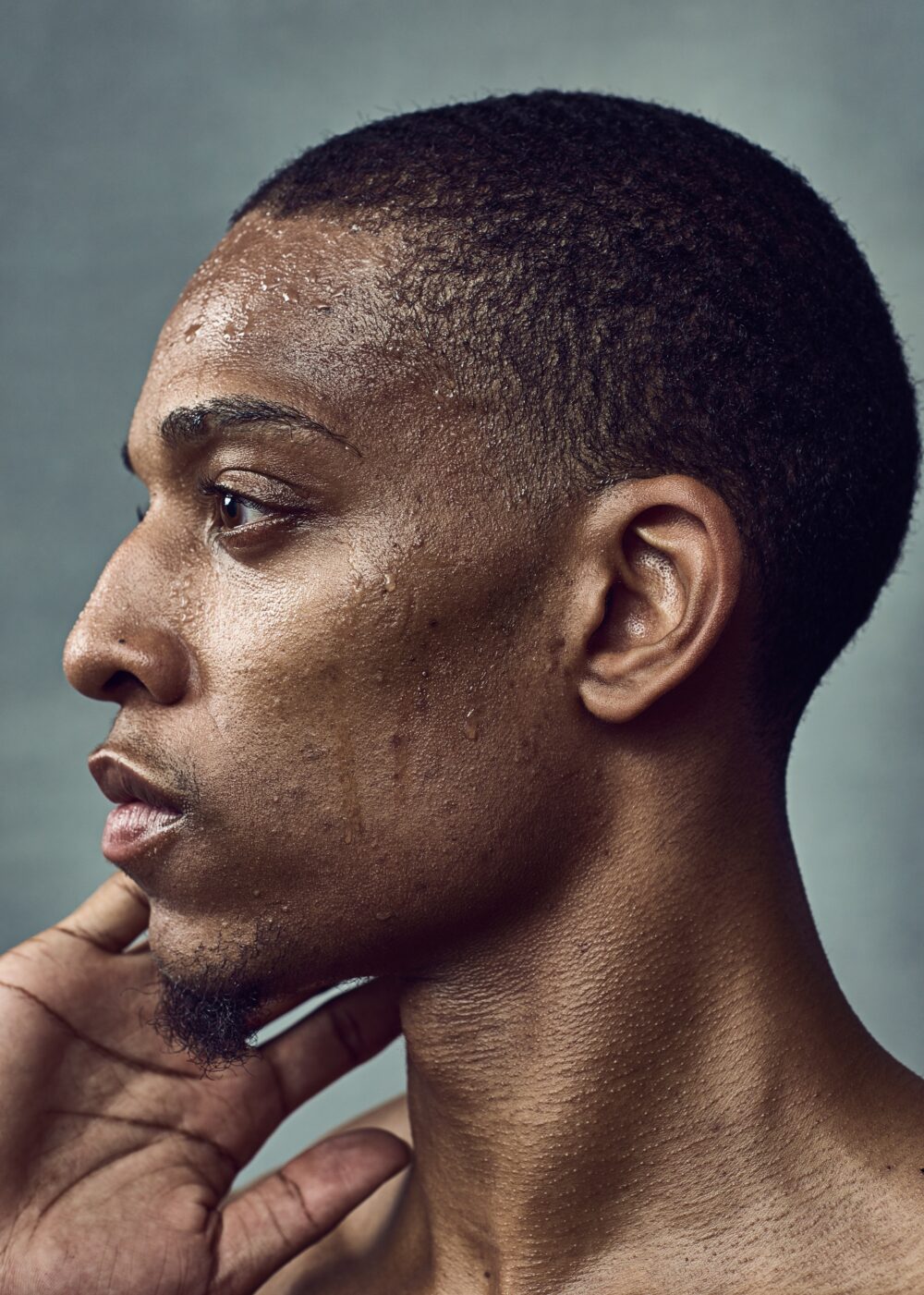
You don’t need to fall into the trap of needing an obscene amount of lights in your setups.
I think it’s also important to remember that although you want to have production value in your shoots; you don’t need to fall into the trap of needing an obscene amount of lights in your studio setups. You will find people that have so many rules like you need to use multiple lights and understand every little thing about them in order to create great work, but it doesn’t matter.
What is important is trying out things, shooting often, and actually starting simple. My ambition for lighting has always been to create simple natural-looking light.
This is what I have tried to embrace in my teaching style.
You can create truly stunning images with one light and especially two.
I always recommend the same ELB 500 for everything because it is versatile in the studio and on location, and makes it easy to mimic or enhance natural light.
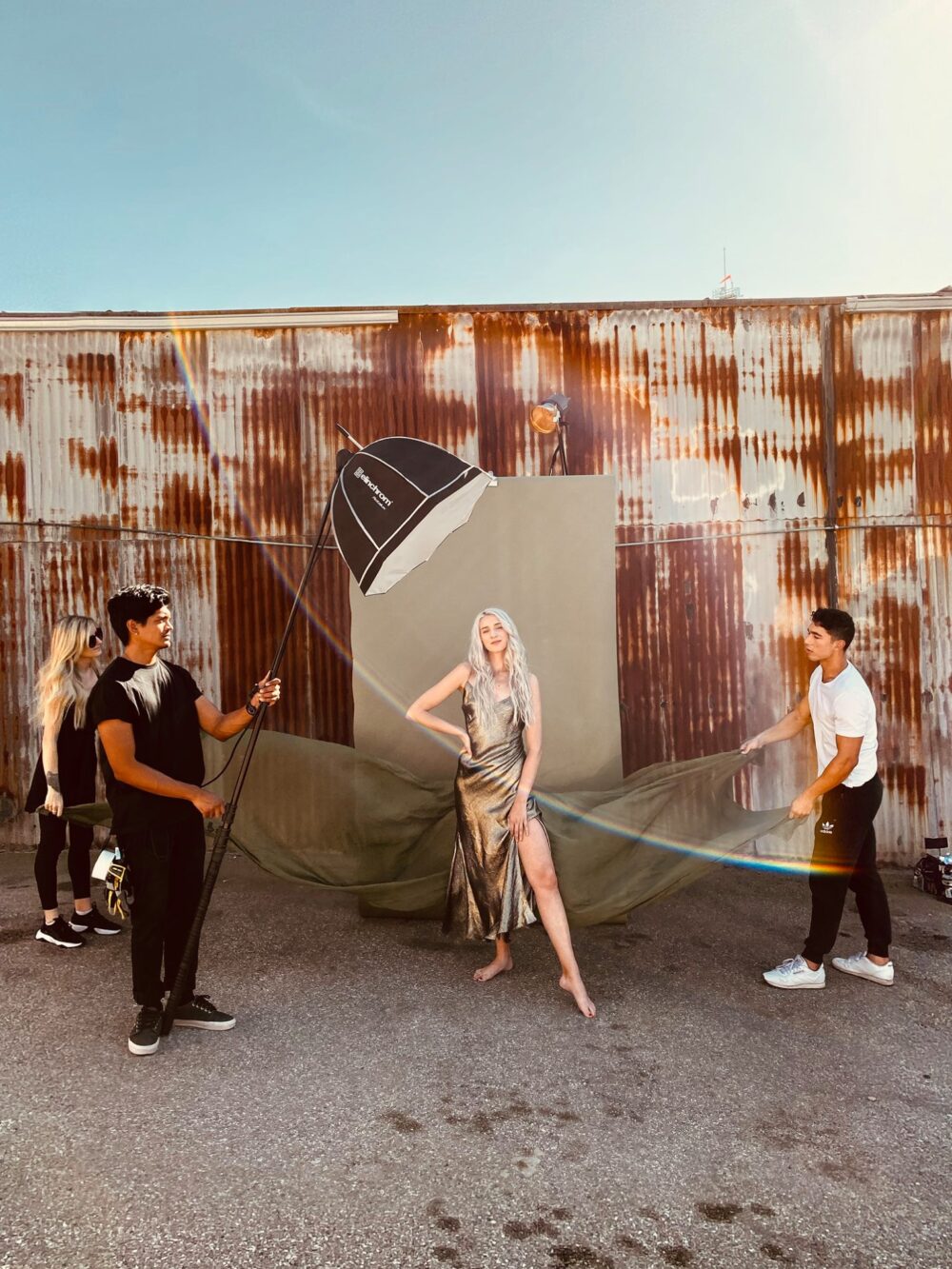
I have learned over time that I have a unique way of looking at lighting; so I created The Lighting Series with Sue Bryce and then later The Location Series because people were interested. We now have nearly 13,000 students with The Lighting Series, and my Facebook community, “Lighting with Felix Kunze,” just surpassed 28,500 members. It’s been an absolute joy over these past few years to feel like we are making photography better as a whole.
The Lighting Series has become one of the best-reviewed photography classes ever, but more importantly, I hear stories all the time from people that have taken the course and have achieved the purpose; to make studio light look like natural light.
It’s a great feeling to be able to teach others how I look at light.
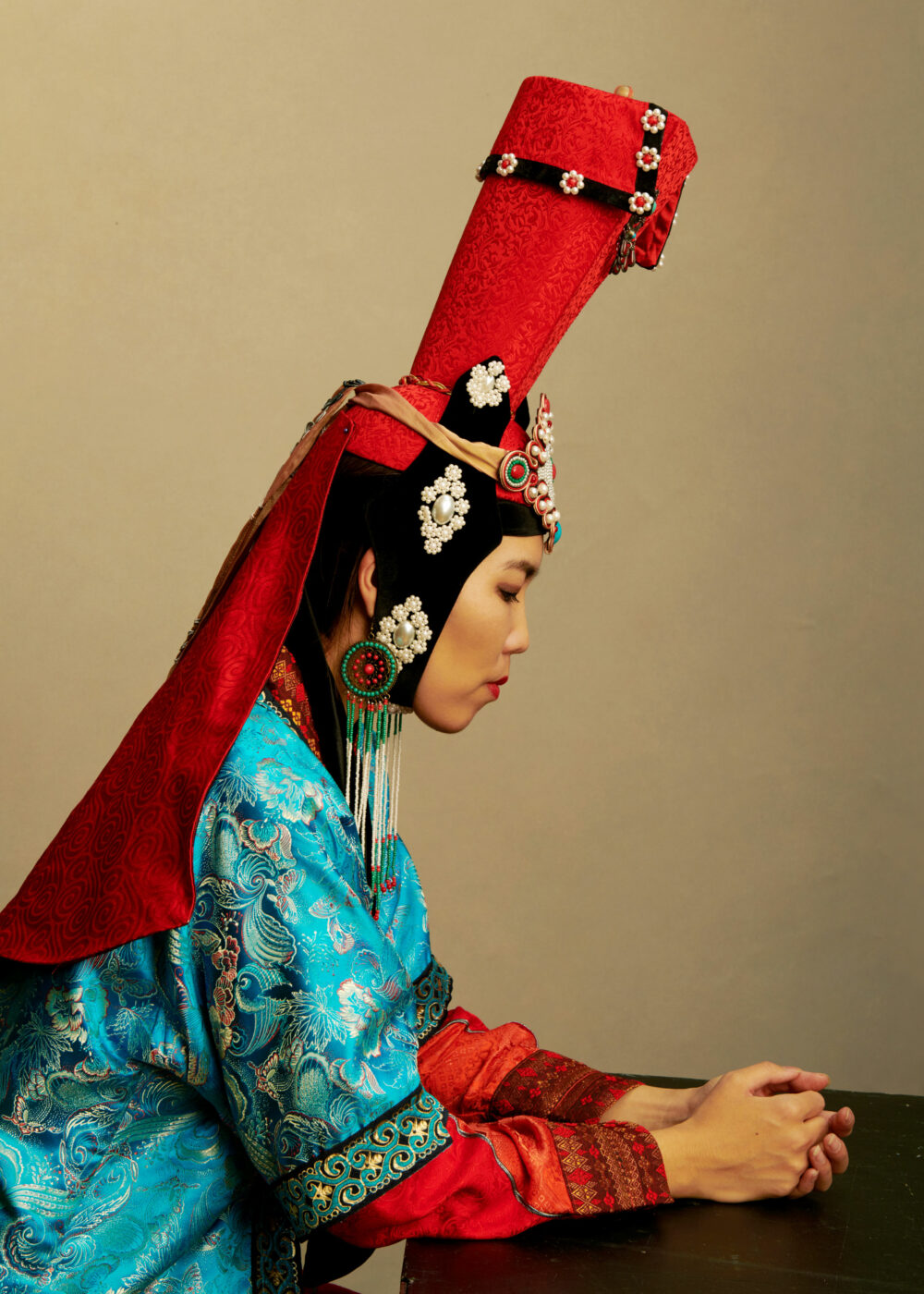
Playing in a wide range of fields
Photography to me is special because it is a unique opportunity to access a variety of fields, occupations, and specialization that I would otherwise never get involved in. For example, through my work with the Explorers Club, I got to spend a week with the top egyptologists on the planet doing fieldwork. I also got to spend 3 weeks in western Mongolia studying geology photographing geologists. Because of the access I received, I am able to jump around different industries; and learn little bits about the world. I love the range this gives me as a human being and a photographer. I can’t think of any other industry where you get that privilege.
When you are starting out you think your biggest challenge is lighting or cameras or even posing, but you will overcome all of these. You can watch The Lighting Series, learn posing, and buy the best equipment.
Access to good subject matter will be your lifelong struggle.
But your lifetime struggle will be gaining access to the right kind of subjects: gaining entry to an area or subject that interests you or inspires you. For me, the focus has been on photographing those at the forefront of the progress of mankind, exploration, and understanding the world through science.
So I think access is the biggest challenge for photographers. You know you’ve made it as a skilled photographer when your focus shifts from the technical challenges to the challenge of picking your subjects.
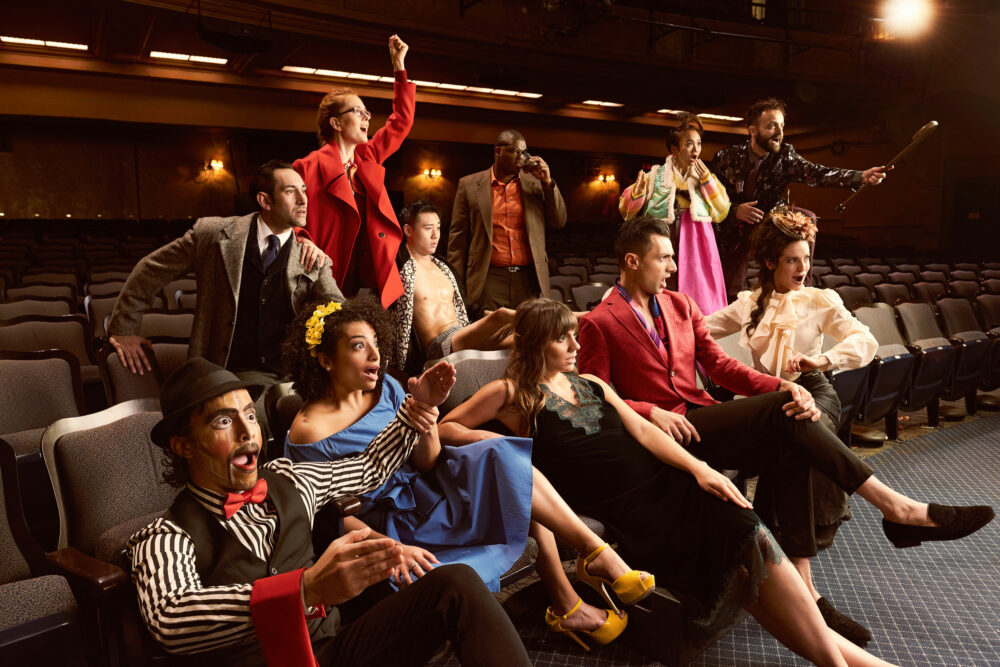
For photographers starting out, it’s important to remember that all the resources exist to become very skilled very quickly – this wasn’t the case when I started out. If you want to learn lighting, The Lighting Series will get you there, you can depend on Elinchrom equipment, and purchase some of the best cameras that ever existed. However, access to good subject matter will be your lifelong struggle.
So focus on that.
What is in front of your camera is more important than the camera, the lights, or the settings.
The camera just gets in the way. Remember that.
Or, as a mentor of mine used to tell me ‘Live a good life and photograph the people in it.
